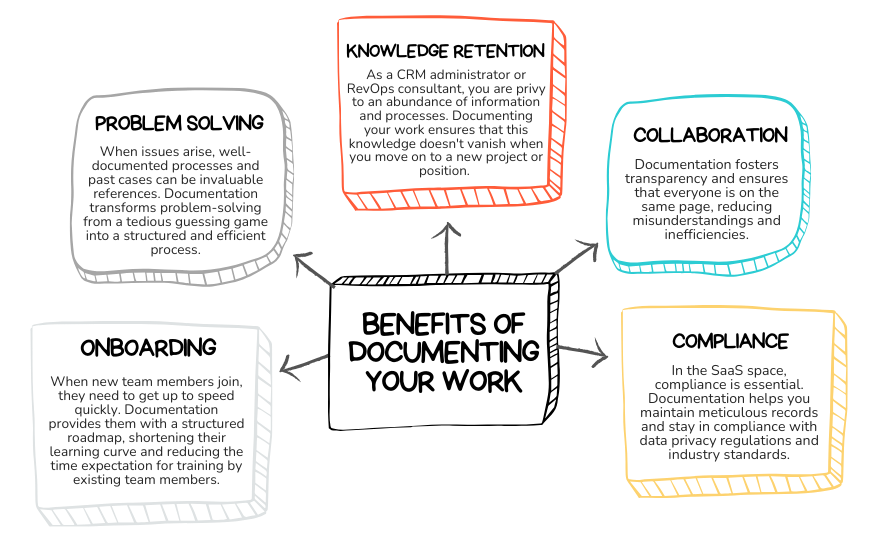Picture this: You’ve treated yourself to some luxurious high-end home furnishings through an online order, and the much-anticipated package finally lands at your doorstep—a meticulously packed cardboard box filled with an assortment of intricately labelled pieces, parts, and accessories, promising the epitome of elegance and comfort. The twist? There’s no assembly manual included. To compound the conundrum, when you call to consult about it, you’re met with the disheartening revelation that no such assembly guide exists.
Now you find yourself at a crossroads: Abandon the idea of assembling your new furnishings altogether, or you can summon your wits, self-confidence, and educated guesses to embark on a journey of piecing together the furniture you had your heart set on. After all, your vision of hosting elegant dinner parties at your new dining table and fun-filled game nights with your new living room furniture is not a dream you’re willing to easily part with. Eventually, you figure it out, but think back to how much more efficient it would have been with instructions.
We’ve all completed part of- or even an entire project, only to realize, a tad too late, that we forgot to document a single detail. Whether it’s the unwavering belief in your own ability to recollect the ins and outs of an implementation, or perhaps the deceptive ease of figuring things out on your own, bypassing documentation may seem like a time-saving shortcut, but it often ends up causing more harm than good in the long run. Even if it does save you some time in the present, the cost of lost efficiency and unnecessary confusion in the future can be far greater, not only for yourself, but even for your team or your clients who might find such resources useful.
Whether you’re a seasoned pro or just starting your journey in the CRM or RevOps space, one invaluable skill (and habit) is the upkeep of documentation. In this blog, we’ll explore the crucial role documentation plays in your success, and we’ll provide some insights on how to instill this best practice efficiently and effectively.
The Value in Documentation
Circling back to the furniture assembly example, think about how much time people save when there is a manual to explain how the pieces fit together. It reduces frustration, and it increases efficiency. Documentation isn’t just a box to check off, it’s the cornerstone on which successful implementations, efficient workflows, and data-driven decision-making rest. In the context of CRM building, documentation can allow someone to step in without context and quickly make sense of what’s going on. This allows for admins and consultants to expand on functionality with less lag time and plays a pivotal role in ensuring user adoption, scalability, compliance, and the overall success of your org. Creating documentation not only helps yourself but can benefit team members and client teams as well.

The Foundation for Success: Solving the Real Issues
Why are people avoiding it, and how can this be solved?
Think of documentation as the glue that holds your RevOps systems together. It’s more than just a bunch of files or notes; it has the power to lead to seamless operations, streamlined communication, and efficient problem-solving. Team members may overlook documentation in Salesforce projects for several reasons. To understand these factors better and address them effectively, let’s get to why individuals tend to forgo creating documentation and explore actionable solutions to these challenges.

Time to take action...
Establish Clear Documentation Standards as a Company:
- Define clear and concise documentation standards and guidelines. Consider using existing style guides like Microsoft’s guide or Apple’s guide
- Provide templates and examples to make it easy for employees to follow the standards.
- Use clear labels and tags to help you and others quickly find the information they need. This makes your documentation an efficient knowledge repository.
Time to take action...
- Start Early—don’t wait until you’re knee-deep in a project to start documenting. Begin your documentation journey from day one. Make it a habit to record everything you do, from the initial setup to the smallest customizations.
- Documentation isn’t a one-and-done task. Make a point to revisit and update your documents regularly, as processes evolve or new features are added. This ensures that your documentation remains accurate and relevant.
- Integrate documentation practices into your Workflow:
- Incorporate documentation into your regular day to day workflow. For example, require documentation before major deployments.
- Make documentation an integral part of project management and change management processes.


Time to take action...
- Selecting the right documentation tools is crucial. Consider using digital platforms like Google Docs, Notion, or even your CRM documentation software. These tools allow for easy access, version control, and collaboration.
- A picture is worth a thousand words. Whenever possible, add visuals such as screenshots, diagrams, and flowcharts in your documentation. Visual aids can make complex processes more understandable.
- Provide Tools and Resources:
- Offer user-friendly documentation tools within the Salesforce platform itself or provide access to external tools that facilitate documentation.
- Ensure employees have access to relevant resources, such as documentation templates, FAQs, and knowledge bases.
Time to take action...
- Remember, you’re also human – At the end of the day, things happen. You may even be making it harder for yourself by struggling to remember something when you may have the opportunity to refer to documentation to save time.
- Standardize your documentation; consistency is key. Establish a standard format for your documentation, including clear headings, categories, and naming conventions. This makes your documentation more accessible and user-friendly.
- Collaborate and share—your documentation isn’t just for your eyes; it’s a shared resource. Encourage team members to contribute, ask questions, and suggest improvements. Their insights can enhance the quality of your documentation and you never know, you may learn something new yourself!


Time to take action...
- Don’t just document ‘what’ you did; explain ‘why’ you did it. Understanding the rationale behind decisions can be invaluable for troubleshooting and decision-making.
- Always keep backup copies of your documentation in case of data loss or system failures. You don’t want your hard work to vanish in an instant.
- Ensure that your team knows how to access and use your documentation effectively.
- Offer comprehensive training on your current system processes and expected practices, during onboarding and ongoing development.
- Highlight the importance of documentation in ensuring success, compliance, and effective teamwork.
Things to consider:
- Know your reader! Who are you writing your documentation for? Consider your tone, register, and any technical jargon you may be using.
- Be clear and concise! No one consults documentation unless they really need it, i.e. things are breaking or there’s a fire. Make sure your documentation is clear, to-the-point, and makes sense. Consider using style guides to keep your writing consistent.
- Be open to different mediums! Traditionally, documentation is a long document; consider adding screenshots, images, or even videos. Think about what format would get the information across best.
Remember that creating a habit takes time and consistency. It’s essential to reinforce the importance of documentation continually and provide the necessary support and resources for employees to develop this habit. Over time, as documentation becomes ingrained in your internal practices, it will contribute significantly to the efficiency and success of your projects.

